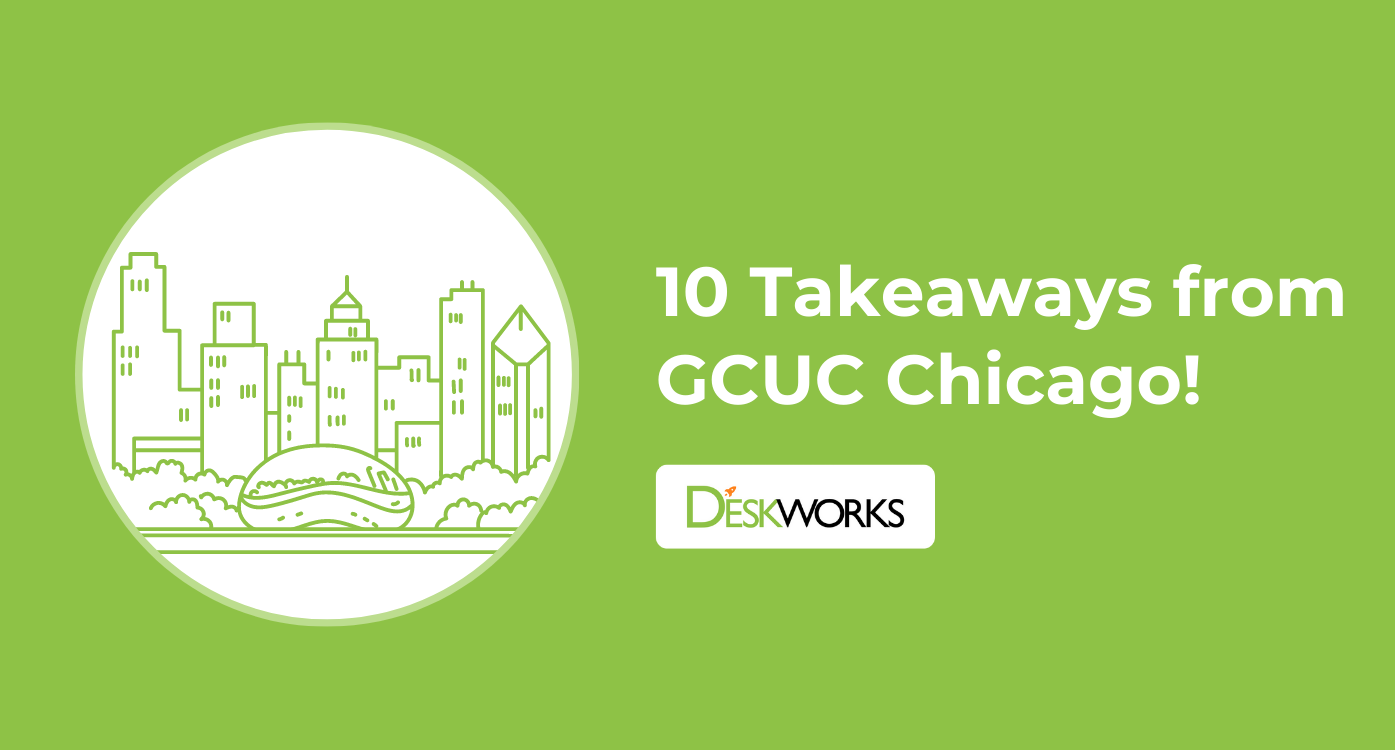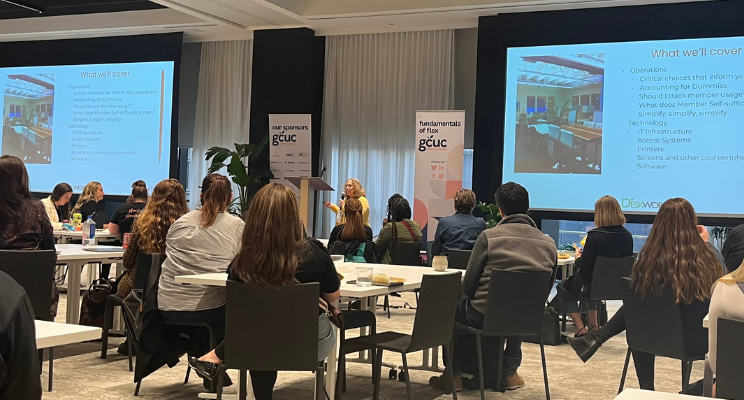7 Workspace KPIs to Track in 2022

As we get ready to start a new year — and a year that should be significantly different from the previous year — this is a good time to establish the metrics, the Key Performance Indicators (KPIs), that you want to track to run your business.
It’s important that you can see your KPIs whenever you want to — and quickly. It’s easy to think you know how your business is doing, but the detail will give you insights that enable you to course correct and grow efficiently. In Deskworks, you can set the KPI Dashboard for the information you want to track, in the order you want to see it, and over the time period that’s relevant. All in a One-View.
So what should you track?
1. Is your income growing?
At the most basic level, you want to know that your income, the cash you receive, is growing to hit your target budget. It’s not enough to look at the last month in QuickBooks. You need to see the trajectory over the last year or last few years. Yes, you can do this in your accounting system, but it just takes longer to set up each time, and you won’t have all the rest of the relevant information about your workplace. Of course, when your coworking or flex office space has been operating for a while, you won’t see a lot of growth year over year; the business will be stable with rate increases providing probably 3 – 5% growth.
Are you satisfied with where you are?
2. Is your Accounts Receivable stable and manageable?
If your Community Manager is responsible for collecting unpaid amounts, do you have this information right in front of them? They (and you) should be able to see these on the main dashboard used for running your center. You should be querying old debts weekly. If you run your business on a cash basis, which is typical in our industry, AR is a big component of maintaining income.
3. What is selling? What’s the product mix?
Your KPI information should show you what sold over current and previous periods, broken out by the categories that are most important for you. Do you want to know how well private offices are doing? Coworking plans? Conference room reservations? What percentage of your revenue comes from memberships and what percentage from one-time charges? Is the mix changing? Are you surprised that you’re making more money from mailboxes than day passes? What can (or should) you do about it? If you have two conference rooms, and they are only bringing in a quarter of what they would bring in as an office, should you convert one? Without the data, you can’t make this decision easily. And you should have this information without hours of research and updating spreadsheets.
4. What are your Occupancy and Vacancy numbers? Are they moving in the right direction?
Occupancy levels in coworking are particularly difficult to calculate. Since a workspace might not be dedicated to one person, what counts as full occupancy? What about a conference room? Certainly you can know whether an office or dedicated desk is fully occupied, but then you have to add in the percentage of expected use for non-dedicated spaces. You should be able to set these budgeted occupancy percentages for each space once and have your software manage the calculations to keep everything current. You should have a KPI displayed that adds it all together and gives you a single view of your occupancy and vacancy, without a lot of work on your part. In real-time, when a plan is sold for a particular space it should immediately move from your vacancy calculations to occupied.
5. What is your membership mix and is it changing?
A large part of your revenue comes from memberships. But what types of memberships work best for you? Should you drop some of them? We found recently that we had few people using Buckets of Hours for full days of coworking. But the half-day and hour plans were doing great! It’s important to be able to simplify your offerings, and the KPI that analyzes your Recurring Billings is the one that gives you this information.
6. What percentage of time are your reservable spaces used?
Space Utilization is an important KPI. You spend a lot of time on reservations. Are they producing what you expect? This KPI should let you set up the hours of expected use (figure 8 or 10 hours/day, 5 days/week — 24 hours/day isn’t a reasonable expectation), and then the system should calculate what percentage of that expected use you’re getting.
7. Most importantly, what is my profit? Am I comfortable with this?
Since your profit takes into account expenses, it’s probably outside the scope of your coworking management software. But the bottom line puts all of this together! Review your financial statements regularly and look at them by year, quarter and month to get the best view of how you’re doing. When you have that picture, the KPIs above will help you analyze the detail.
With Deskworks, you can quickly set up your KPI Dashboard to give you all of the information above in a simple one-view. Schedule a free demo and let us show you how!





